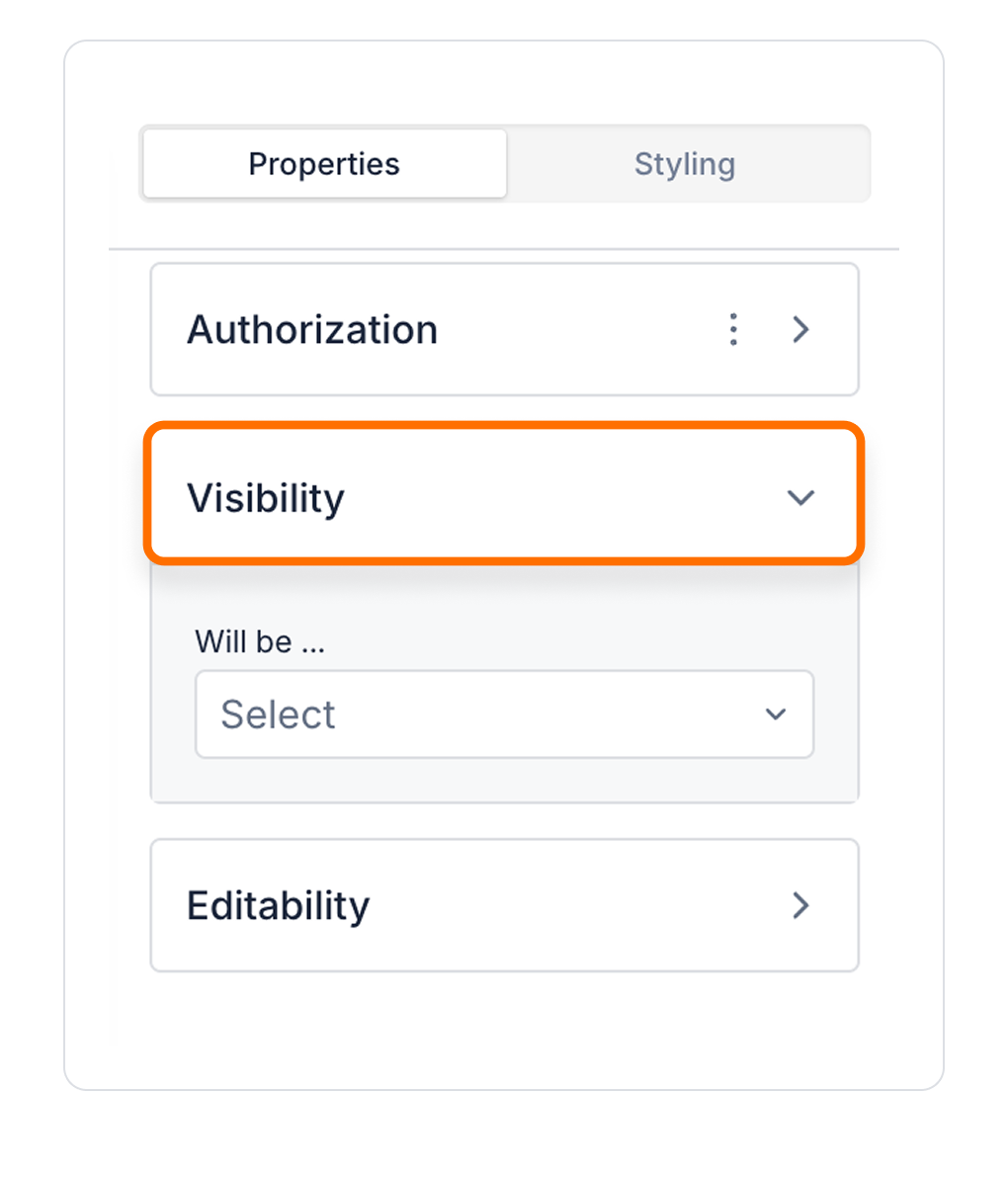


Kuika's Maps element visually presents geographic data in your application. Users can view locations on the map, zoom in and inspect specific areas. The Maps element is ideal for indicating store locations, plotting routes or offering location-based services. In this course, you will learn how to use the Maps element and configure its settings.
The Maps element automatically groups pins that are very close to each other to provide a cleaner and more organized map view. This improves the user experience in areas with a high density of locations and enhances overall map readability.


Getting Location
Events
The Maps element dynamically displays information from different data sources on the map. This allows your application to offer location-based services in a more user-friendly and interactive way.
Authorization

To manage access control at the element level, you can use the Authorization section in the Properties panel.
Access Types
Anonymous
Allows all users to view the element without logging in.
Restricted
Restricts access to only verified users or specific roles.
Unauthorized Behavior (Hide / Disable)
If the user does not have the required role, you can specify how the element should behave in the Choose field:
This setting is used to manage how unauthorized users encounter the element.
Visibility

Always Visible: The element is always visible.
Hidden: The element is hidden.
Sometimes Visible: The element becomes visible based on specific conditions.
When Sometimes Visible is used, AND / OR groups can be added directly, allowing visibility rules to be grouped and more complex scenarios to be managed easily.
To configure the setting:


By customizing your elements with the Styling Panel, you can create impressive interfaces for your web and mobile applications. In this section, you can configure the following settings:
By following these steps, you can configure the Area Chart element to suit your needs.